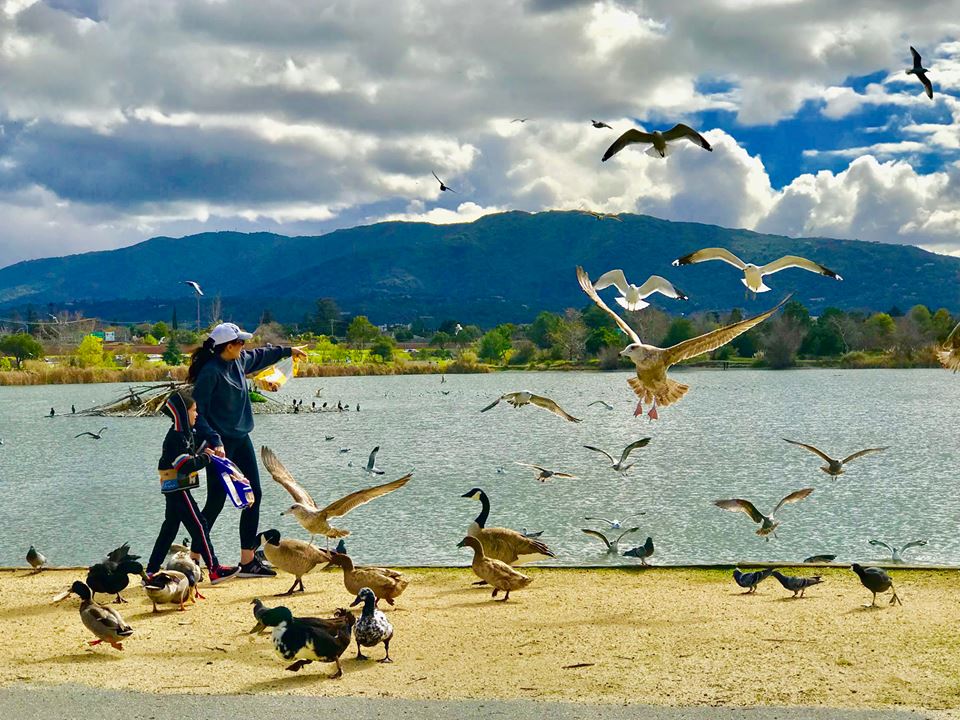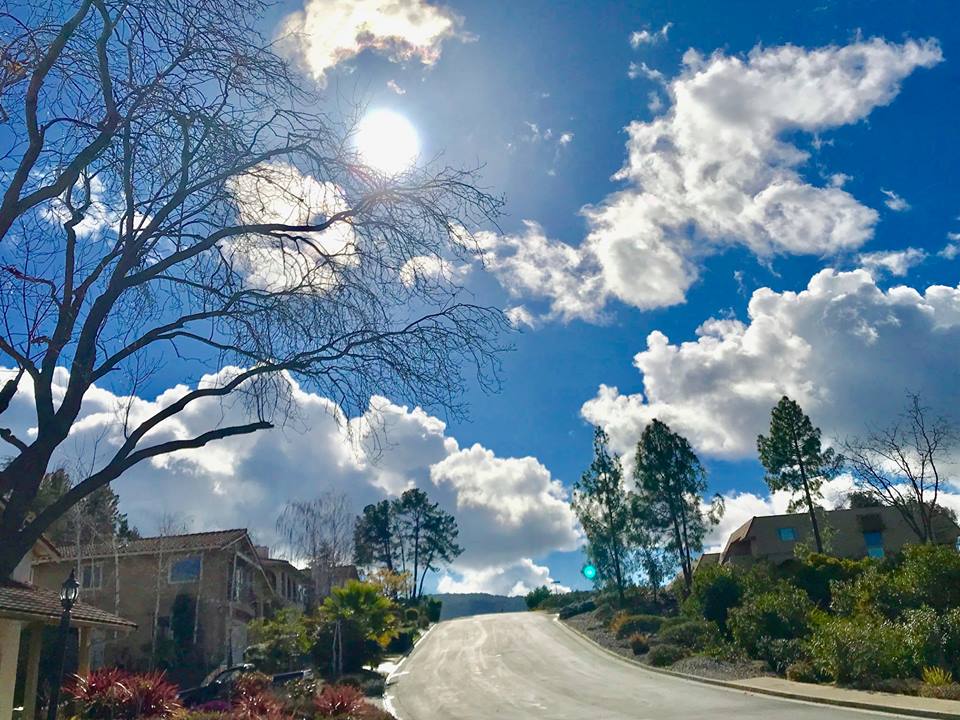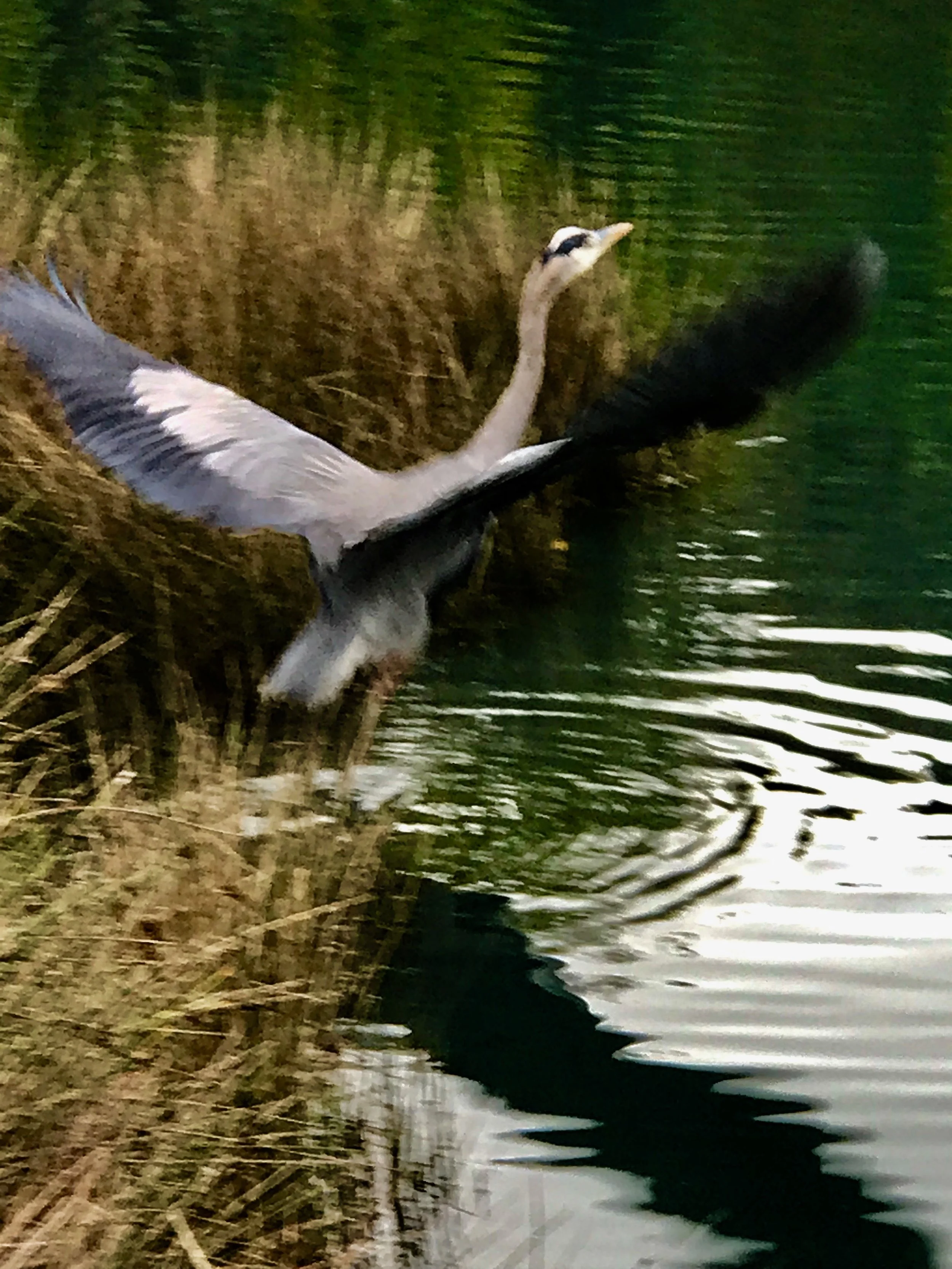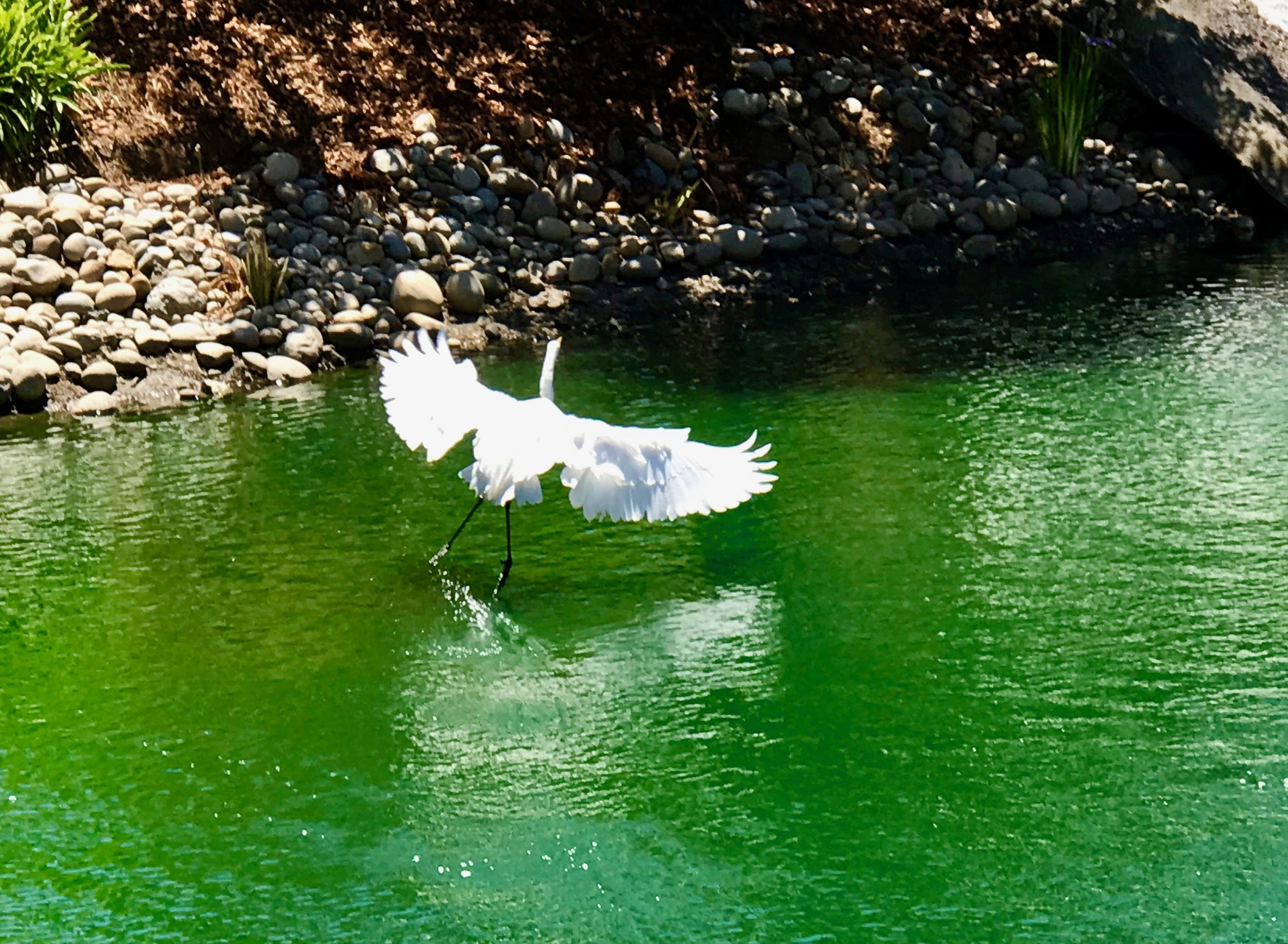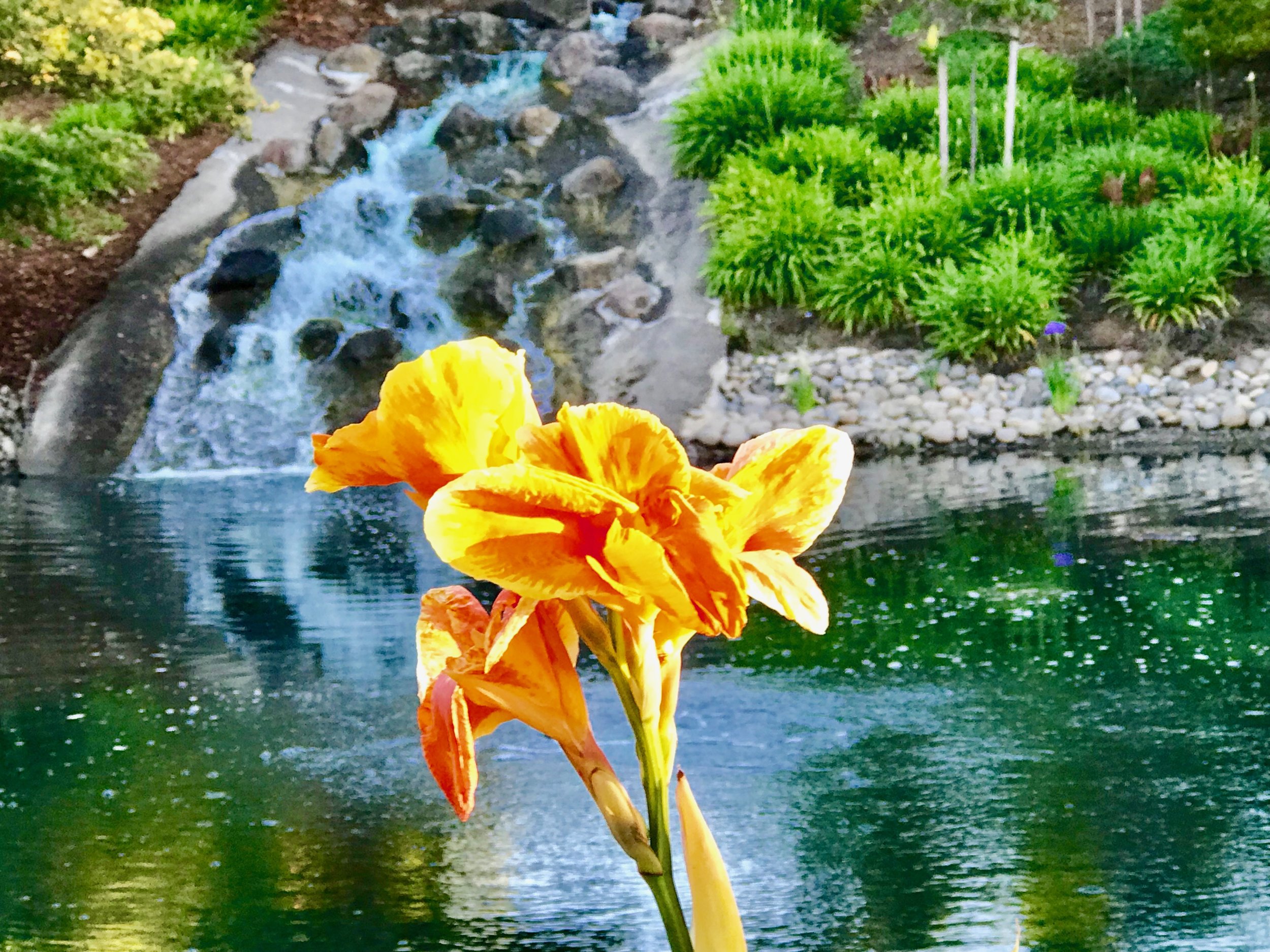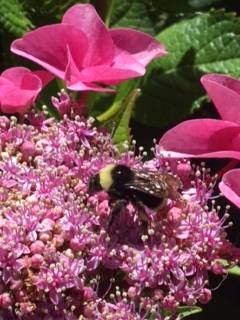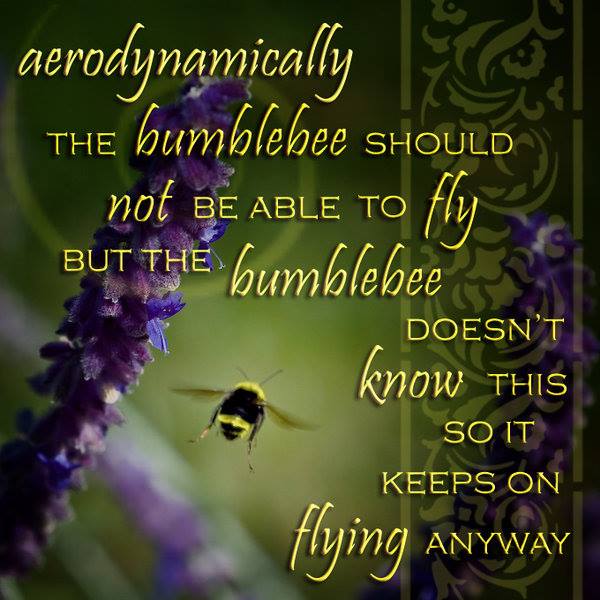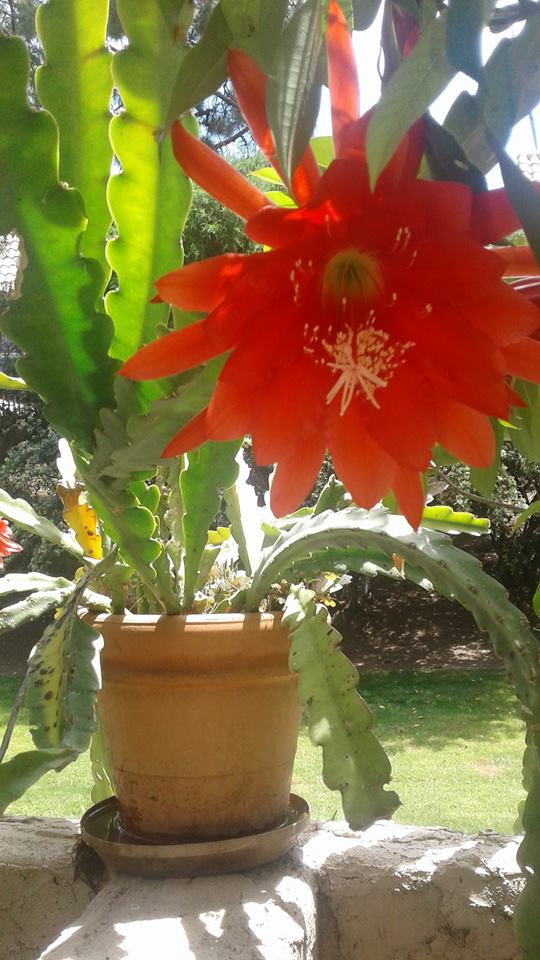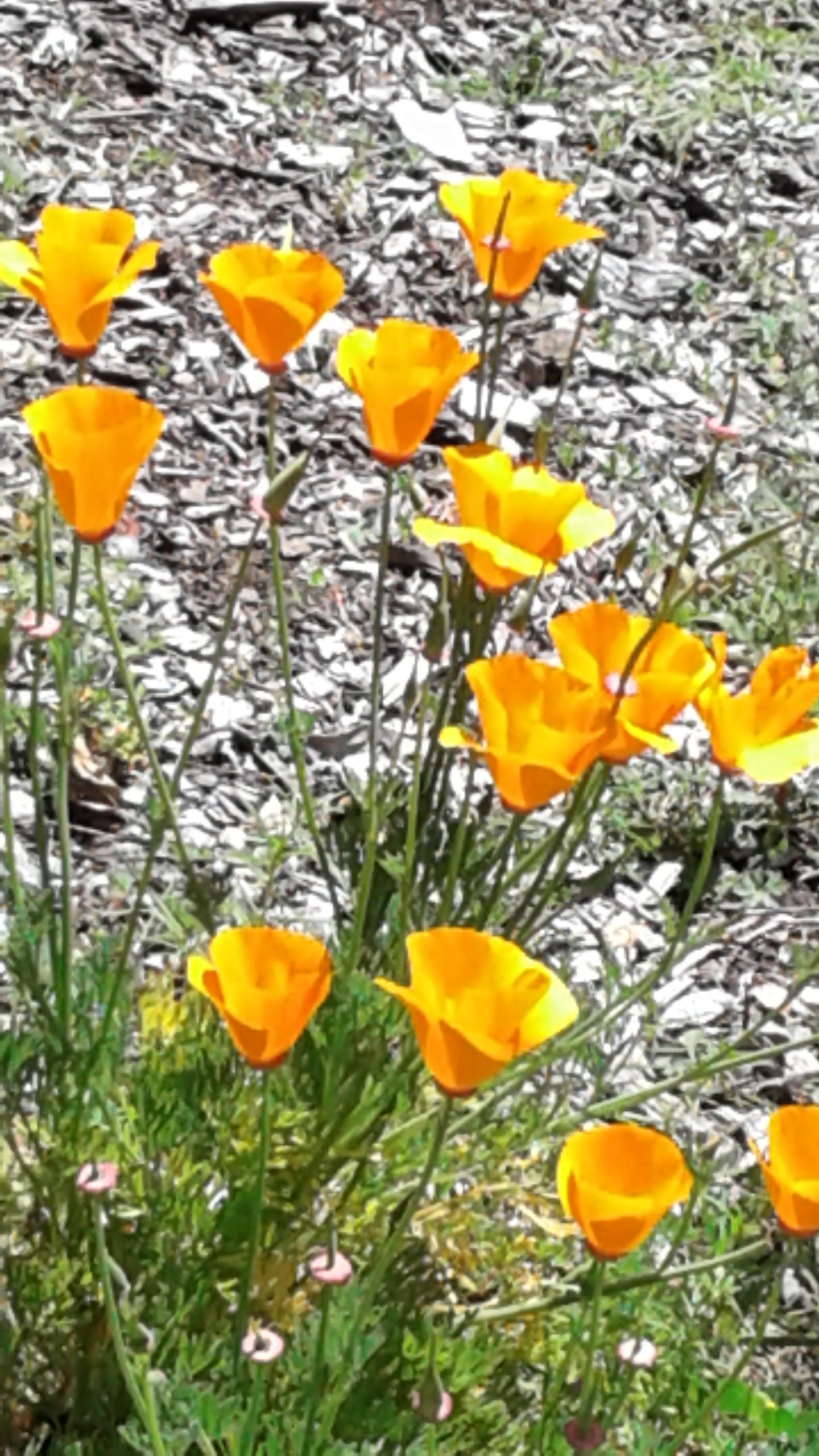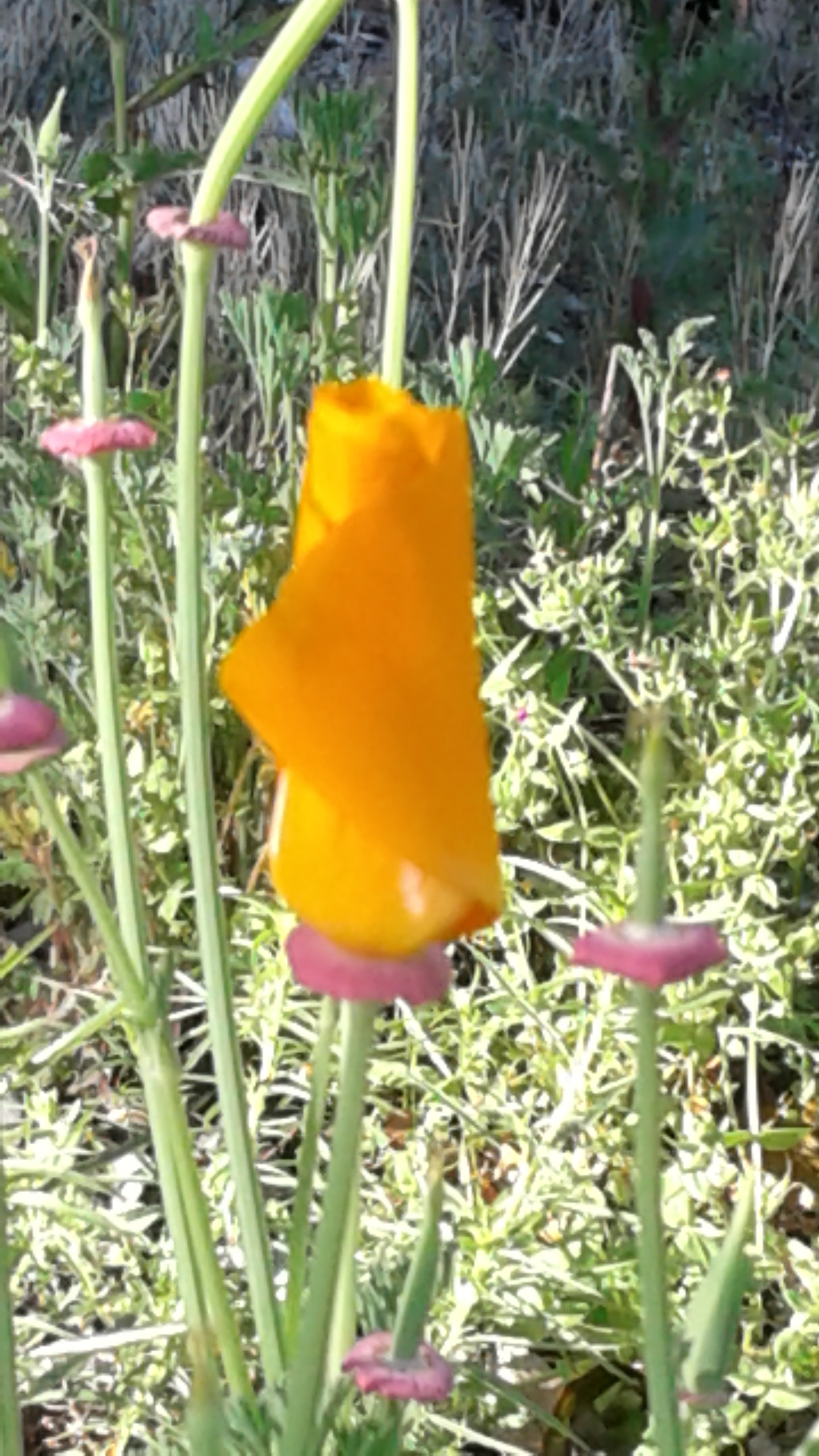“The goal of life is living in agreement with nature.”
—Zeno
My friend Bill Rothenberg and I rode out to Palo Alto Baylands Nature Preserve, with the intention of riding across the new 1,400 foot long,12-foot-wide bridge that crosses over US Highway 101 that Bill had been reading about. The new pedestrian and bike bridge that cost $23.1 million to build replaces the Benjamin Lefkowitz underpass that was built in 1989, which was only open an average of six months a year due to seasonal flooding. Once called the “Mythical Bridge” because of long bureaucratic delays, the new bridge finally opened in Palo Alto on November 20, 2021. It will provide Palo Alto with year-round access to the Baylands, the Adobe Reach Trail and other outdoor amenities. The new bridge was rededicated to Lefkowitz, a native of Brooklyn, New York who advocated the cause for bicycle safety and access in Palo Alto.
To get to Baylands Nature Preserve, we parked at Shoreline Lake. The Preserve, that begins beyond the perimeter of the lake and near the South Bay is the largest tract of undisturbed marshland remaining in the San Francisco Bay. An amazing fifteen miles of multi-use trails provides mixture of tidal and fresh water habitats. Additionally, the Preserve encompasses 1,940 acres in both Palo Alto and East Palo Alto. It is an important habitat for migratory shorebirds and is considered one of the best birdwatching spots on the West Coast.
After riding the rutted and bumpy little sand dunes close to the water’s edge, Bill and I circled the commuter Palo Alto airport, watching private pilot owners, the titans of Silicon Valley tech companies, and private equity executive being flying in and out. We also passed a large golf course, and stopped to revisit and pay homage to the abstract bike sculpture by artist James Moore, called “Bliss in the Moment.” This shrine commemorates renowned Bay Area cyclist William Bliss and his work on the San Francisco Bay Trail and bicycle safety issues. Shortly beyond this point we made our way across the new bridge.
When we completed our ride, we headed back over the new bridge, toward Shoreline's Bistro Cafe. I commented to Bill, that we didn’t see many birds close-up like we usually do. But, many of our bike rides to the Baylands usually brought with it, some unexpected surprise. Suddenly, as if I was granted a wish by the universe, as we approached the boat rental dock, there appeared an amalgamation of birds rarely seen together in this spot (see video clip). There were American coots, shore birds, bright white Egrets lining the shore like sentries at the gate, squawking seagulls, and my favorite, the great white Pelicans. It was nature at its best and our bike ride felt more complete. When we got to the Bistro Cafe right on the lakefront, we placed our bikes to the side, and ordered lunch. Bill had fish and chips and I had a chicken fillet sandwich on sour dough with lettuce, caramelized onions, a feta salad on the side with pomegranate fruit, and taro chips on the side as a pesky, but interesting looking duck began begging for food. I offered a couple of taro chips and it went on to the next busier table.
Afterwards, we were still hungry for more—riding that is, and rode a few miles through the Permanente Creek Trail under pass tunnel and beyond, before returning to Shoreline to upload our bikes on Bill’s SUV for the ride home, feeling fulfilled, and appreciative for a pretty special day and all the city planners and visionaries who made this possible.





























































